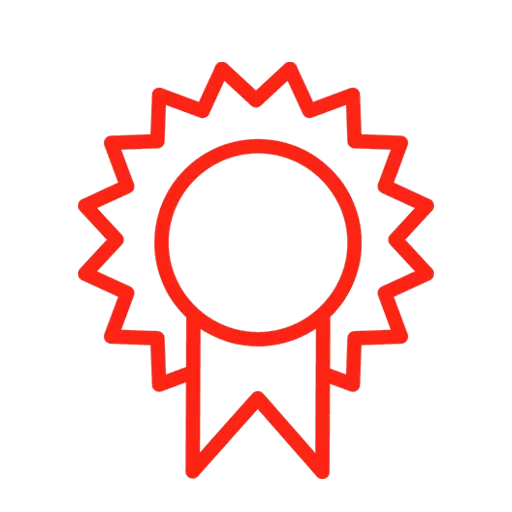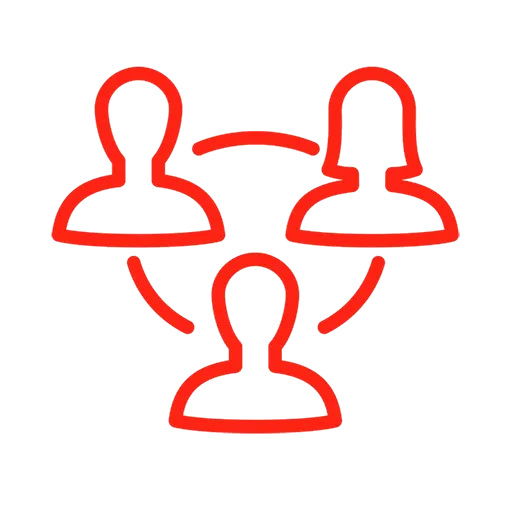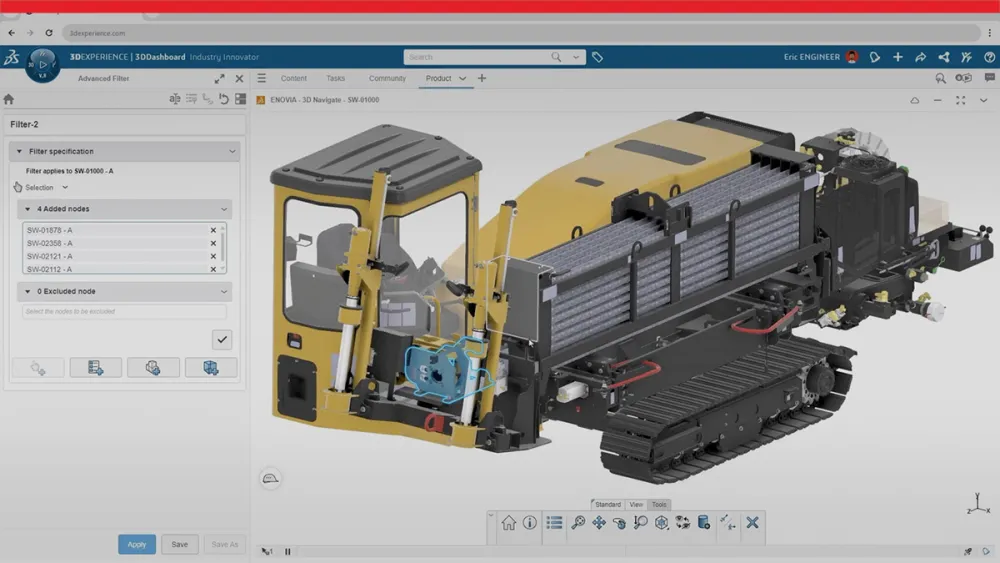What is SOLIDWORKS 3D CAD?
SOLIDWORKS® 3D CAD is the choice for professionals around the world who need to take design innovation further, produce products faster, and reach the highest levels of efficiency in their day-to-day product development work. Decades of user-driven enhancements and a relentless R&D focus on user experience has made SOLIDWORKS 3D CAD not just powerful, but both easy to learn and fun to use.
- Trusted industry standard solution
- Powerful and proven 3D modeling capabilities
- Production-ready documentation and 2D drawing solutions
- Intuitive user interface designed by engineers, for engineers to use
- Built-in real-time collaboration tools for sharing and marking up designs
- Secure, CAD-aware cloud file and revision management
- Out-of-the-box ideation to manufacturing workflows
- Integrated simulation, rendering, and CAM tools
How You Benefit from SOLIDWORKS 3D CAD

Professional 3D CAD
Choose the 3D CAD solution that the pros use. SOLIDWORKS 3D CAD makes creating parts, assemblies, drawings, production-ready documentation, and robust 3D models fun, intuitive, and easy to use, bringing you from design to manufacturing faster than ever.

Intuitive UI Made for You
SOLIDWORKS 3D CAD is known for its intuitive, customizable interface built to maximize your everyday productivity. Take advantage of software that you can customize to meet your unique needs regardless of industry or company size.

Design Together
Cloud-based collaboration and file management is included with SOLIDWORKS 3D CAD. Connect your partners, customers, and remote teams, and get real-time feedback and revision management to keep all of your projects on time, on budget, and on point.
SOLIDWORKS 3D CAD Capabilities
From complex design modeling, parts, and assemblies to simulation, rendering, and production-ready fast, associative, painless drawings and updates, SOLIDWORKS 3D CAD is the professional, industry standard choice to bring you from ideation to manufacturing faster and easier.
Everything You Need from Design to Manufacturing

- Parts, assemblies, large design review, robust modeling and more give you design and performance capabilities that push the boundaries of your imagination and can keep up with the most complex products and large assemblies.
- Professional drawings are fast, associative, and production-ready. Whether you prefer 2D drawings or 3D annotations or you require CAM capabilities, SOLIDWORKS 3D CAD brings you from ideation to production with ease.
- New performance and capability enhancements are released throughout the year, ensuring you are always working with the latest professional product development tools on the market.
Supercharge Your Everyday Productivity

- Specialized functionality handles everything from weldments and routing to mold design, sheet metal, and more.
- SOLIDWORKS Toolbox covers your needs for creating holes and assembling hardware items, such as fasteners, washers, nuts, and bolts.
- Built by engineers, for engineers. SOLIDWORKS Design has evolved by anticipating future design requirements, understanding how you want to work and implementing user-driven enhancements over 30+ years.
Turn Your Documentation Into a Conversation

- File sharing made easy. Share your design for review with secure links from SOLIDWORKS Design without sending a physical file and never lose control of your data.
- Markup in 3D. Get easy feedback from stakeholders. Models can be shared for review and marked up directly by multiple people in 3D, all in a browser.
- Remove friction for immediate feedback. Internal and external collaborators do not need to download any extra software or viewers to review your work—it is all done through SOLIDWORKS.
Built-in Cloud Data Management

- CAD-aware storage. Unlike standard cloud storage providers, SOLIDWORKS 3D CAD comes with CAD-aware cloud storage that is made to handle relationships between CAD files.
- Complete version control ensures you are working on the latest revision and avoiding overwrites.
- Assistive and automated features cut repetitive tasks and streamline 3D CAD workflows for maximum productivity.
Compare SOLIDWORKS with Cloud Services Packages
| Capabilities | SOLIDWORKS Design Standard with Cloud Services | SOLIDWORKS Design Professional with Cloud Services | SOLIDWORKS Design Premium with Cloud Services |
|---|---|---|---|
| Cloud Collaboration, and Data and Lifecycle Management | |||
| Real-time Cross-team Collaboration in the Cloud | |||
| Secure Data Management in the Cloud | |||
| 3D Design and Modeling | |||
| Part and Assembly Modeling and 2D Drawings | |||
| Specialized Design Tools for Weldments, Molds, and Sheet Metal | |||
| Design and Manufacturability Checks | |||
| ECAD-MCAD Collaboration | |||
| Intelligent CAD Libraries | |||
| Manufacturing Cost Analysis | |||
| CAD Standards and Drawings Checking | |||
| Electrical Harness, Piping, Tubing, and Duct Design | |||
| Marketing | |||
| Augmented Reality and Virtual Reality | |||
| Life-like Photorealistic Rendering | |||
| Simulation | |||
| Linear Static Analysis for Parts and Assemblies | |||
| Time-Based Motion Analysis | |||
| Manufacturing | |||
| Additive Manufacturing and NC Programming | |||
| Training and Support | |||
| Online Lessons, Local Support, and Vibrant Community | |||
| Online Pricing | |||
| Yearly | |||
Customers Succeed with SOLIDWORKS
Innovative designers, engineers, and businesses around the world push the limits of product development and 3D design with SOLIDWORKS 3D CAD. Explore their stories and learn how SOLIDWORKS 3D CAD is the professional solution to bring your ideas from concept to manufacturing to life.
Community at Our Core

SOLIDWORKS has a passionate, engaged community of more than 8 million users from every corner of the world. From user groups to startups to students to makers, community has always been at our core. But it’s more than just bringing people together. It’s making them better at what they love to do. Through dedicated training, online learning, and certifications, SOLIDWORKS thrives on putting users in a position to succeed.
SOLIDWORKS Powered by the Cloud

Product development takes a full team, and SOLIDWORKS with the cloud helps your teams work together from any location, improving design efficiency and communication while streamlining product development to meet business goals. SOLIDWORKS 3D CAD includes the 3DEXPERIENCE® platform, a cloud-based business and innovation platform that scales with you. Here’s a preview of what the cloud can do for you on day one:
- Connect all stakeholders inside and outside of your organization with a single source of truth
- Easily share and markup designs with any stakeholder in 3D
- Store and revise models with secure, CAD-aware cloud storage
Succeed with a Reseller Partner

SOLIDWORKS Reseller Partners add value to your SOLIDWORKS experience by partnering with you for success. Reseller Partners ensure you get the maximum value out of your purchase with:
- Onboarding and software implementation
- Online and in-person workshops catered to your needs
- Local expertise on your industry, in your language
- And much more
Explore Frequently Asked Questions
What is SOLIDWORKS 3D CAD used for?
Is there a SOLIDWORKS 3D CAD free trial?
What are SOLIDWORKS 3D CAD system requirements?
How much does SOLIDWORKS 3D CAD cost?
Are there SOLIDWORKS solutions for startups or entrepreneurs?
Are there SOLIDWORKS solutions for makers and hobbyists?
Is SOLIDWORKS 3D CAD easy to learn? Is SOLIDWORKS 3D CAD taught in schools?
Is SOLIDWORKS 3D CAD the same as 3DEXPERIENCE SOLIDWORKS?
Is SOLIDWORKS 3D CAD the same as SOLIDWORKS xDesign?
Is SOLIDWORKS 3D CAD secure?
Does SOLIDWORKS 3D CAD run on the cloud?
How Can We Help?

Find the Flexible Solution for You
Speak with a SOLIDWORKS expert to discuss your business needs.

Find SOLIDWORKS Support
Get technical support for SOLIDWORKS products and explore ways to grow your skills.

Buy SOLIDWORKS Solutions
Flexible purchasing options give you the power to choose a license that best suits your needs.


